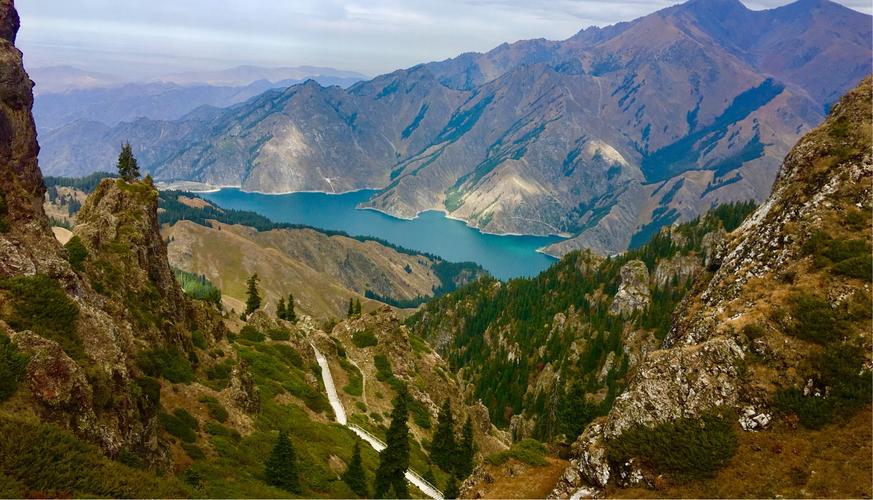Cultural Diversity Shapes New York City: The Intersection of Identities
New York City is often referred to as the melting pot of the world, where people from all walks of life come together to create a unique cultural tapestry. As a result, the city has become a beacon of diversity, with over 800 languages spoken and a mix of cultures and identities that is both dynamic and exciting.
At the heart of New York City’s diversity is the intersection of identities. In a city where different cultures converge, identities overlap and intertwine, creating a rich and complex tapestry of experiences. This intersectionality creates opportunities for learning, growth, and understanding, but it also presents challenges and tensions.
The intersection of identities is shaped by historical, political, social, and economic factors. For example, neighborhoods develop around ethnic enclaves and cultural centers, and these spaces form the foundation of cultural identity. However, gentrification, or the influx of wealthier residents, can threaten the livelihoods of these communities and change the cultural fabric of a neighborhood.
Despite such challenges, the intersection of identities in New York City also presents opportunities for cultural exchange and innovation. For example, the food scene in the city has been heavily influenced by immigrants from around the world. Dishes like pizza, hot dogs, and bagels were all brought to the city by immigrants and have since become iconic New York City foods.
Likewise, music, art, and fashion have all been shaped by the intersection of identities in the city. The Bronx, considered the birthplace of hip hop, saw Black and Puerto Rican youth come together to create a new form of music that has since become a global phenomenon. Fashion designers like Ralph Lauren and Donna Karan were also inspired by the city’s diversity, creating styles that reflect the cultural melting pot of the city.
However, despite this harmony of cultures, racism and discrimination also exist in the city. Communities of color are often marginalized and face structural barriers that limit their access to resources and opportunities. In recent years, the Black Lives Matter movement has highlighted the struggles of Black communities in the city and the need for systemic change.
In conclusion, the intersection of identities is a crucial aspect of understanding the role of cultural diversity in shaping New York City. The city’s rich mix of cultures, languages, and identities provides a unique opportunity for growth and understanding. However, as with any city, challenges and tensions exist, highlighting the need for continued efforts to promote equity and social justice in the city’s diverse communities.
(Note: Do you have knowledge or insights to share? Unlock new opportunities and expand your reach by joining our authors team. Click Registration to join us and share your expertise with our readers.)
